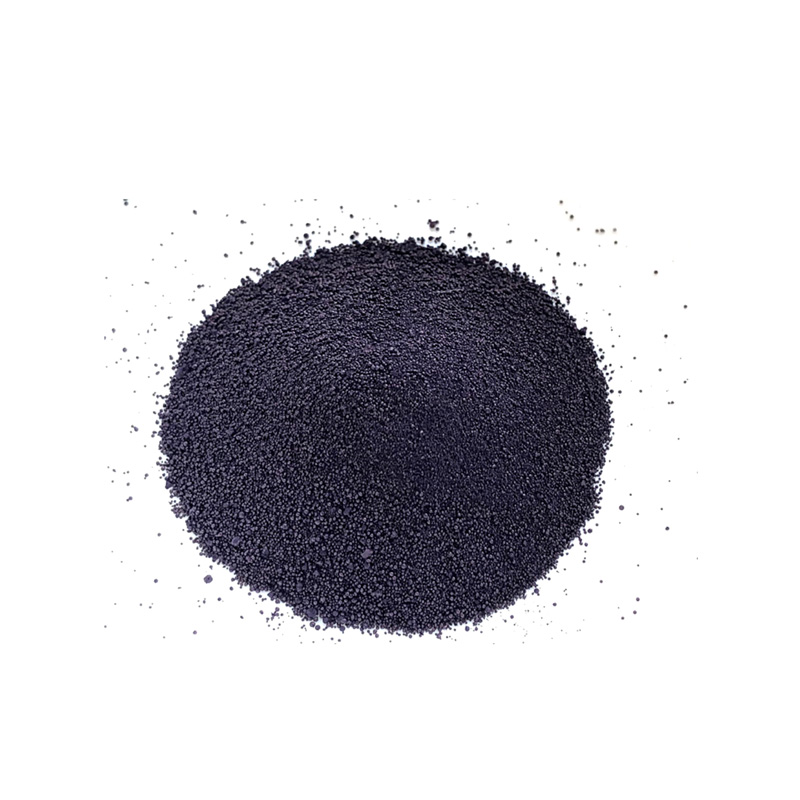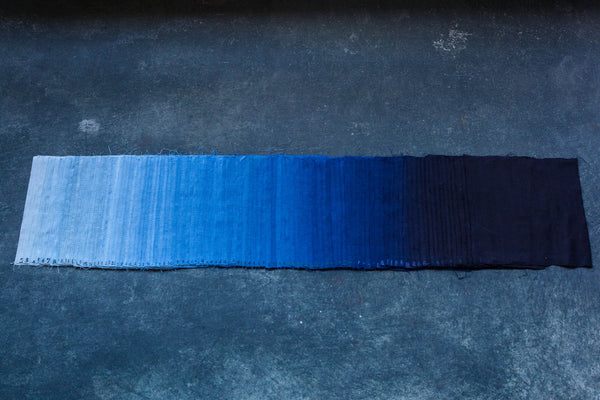Indigo Blue Vat Blue


Indigo dye fabrics have also found their place in contemporary fashion and interior design, appealing to a global audience that appreciates both history and modernity. From handcrafted denim to elegant home textiles, the versatility of indigo dye fabric caters to varied tastes and styles. As someone deeply involved in the textile industry, I've observed how designers increasingly incorporate indigo fabrics in their collections, drawn by its rich color spectrum and cultural significance. This fusion of tradition and innovation is expanding the fabric's appeal, solidifying its status as a staple in both haute couture and everyday fashion. The trustworthiness of a product like indigo dye fabric is further enhanced by its traceability. Consumers today demand transparency about the origins of their purchases, and indigo dye fabric's long history affords it a level of authenticity that few other materials can claim. By collaborating with artisans who adhere to fair-trade practices and sustainable sourcing, sellers can ensure that their indigo products are not only beautiful but also ethically produced, fostering trust with discerning buyers. In conclusion, indigo dye fabric is more than just a textile; it is a narrative woven with threads of history, skill, and sustainability. Its ability to adapt and thrive in the modern marketplace while retaining its traditional essence speaks volumes about its enduring appeal. Whether as a garment, an art piece, or a functional item, indigo dye fabric continues to enchant and inspire, embodying a perfect blend of the past and the future. As someone deeply invested in the textile sector, I am thrilled to witness and be part of the ongoing evolution and appreciation of this magnificent material.
-
The Timeless Art of Denim Indigo Dye
NewsJul.01,2025
-
The Rise of Sulfur Dyed Denim
NewsJul.01,2025
-
The Rich Revival of the Best Indigo Dye
NewsJul.01,2025
-
The Enduring Strength of Sulphur Black
NewsJul.01,2025
-
The Ancient Art of Chinese Indigo Dye
NewsJul.01,2025
-
Industry Power of Indigo
NewsJul.01,2025
-
Black Sulfur is Leading the Next Wave
NewsJul.01,2025

Sulphur Black
1.Name: sulphur black; Sulfur Black; Sulphur Black 1;
2.Structure formula:
3.Molecule formula: C6H4N2O5
4.CAS No.: 1326-82-5
5.HS code: 32041911
6.Product specification:Appearance:black phosphorus flakes; black liquid

Bromo Indigo; Vat Bromo-Indigo; C.I.Vat Blue 5
1.Name: Bromo indigo; Vat bromo-indigo; C.I.Vat blue 5;
2.Structure formula:
3.Molecule formula: C16H6Br4N2O2
4.CAS No.: 2475-31-2
5.HS code: 3204151000 6.Major usage and instruction: Be mainly used to dye cotton fabrics.

Indigo Blue Vat Blue
1.Name: indigo blue,vat blue 1,
2.Structure formula:
3.Molecule formula: C16H10N2O2
4.. CAS No.: 482-89-3
5.Molecule weight: 262.62
6.HS code: 3204151000
7.Major usage and instruction: Be mainly used to dye cotton fabrics.

